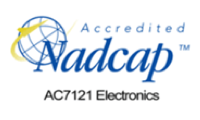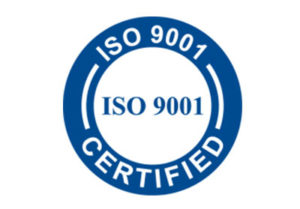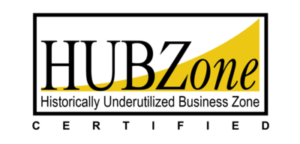Creating a quality product doesn’t just end with the manufacturing phase. Choosing the best packaging and shipping options to meet a client’s needs is also an important step in ensuring a product reaches the client in the same state it left the facility. Components are packaged according to specific standards and or client guidelines, and these may include special instructions or specifications, as well as quality assurance measures taken during the manufacturing and packaging process. A variety of packaging options can be used to achieve this goal, including ESD packaging and 3D-printed covers, as well as other more traditional packing products.
Before the final product is even prepared for shipment, various measures are taken during manufacturing to ensure that the components meet or exceed the client’s specifications. These product validation efforts can be used in support of the packaging process. Articles can be photographed or videotaped in an undamaged state before transit to facilitate root cause corrective action necessitated by shipping damage. It is after these measures are taken that the various packaging options come into play.
ESD protective packaging shields components from external static charge. This is different from standard anti-static foam, which protects the product from static within the package itself. ESD packaging is available in foam sheets or shipping boxes, as well as bubble wrap and metallic film bags. ESD packaging is typical in the industry, meeting the requirements of MIL-STD-3010 4046, EIA 541, EIA 625 and ANSI/ESD S20.20 certifications.
3D-printed covers are a unique way to protect components during shipping. Covers, caps, clips, and other items can be custom-fitted to fragile parts of the assembly, printed in house, and applied to the product during the manufacturing process. This not only ensures the components are protected during shipping, but also during the manufacturing process itself.
Of course, more traditional packing materials–bubble wrap, packing peanuts, and shipping foam–are also used, depending on the requirements of the product and client. As for the shipping process, standard commercial services such as UPS or FedEx are usually adequate to satisfy the contract with a client. Occasionally, common carrier freight lines or special delivery options may be explored, and at times, products may be transferred via a dedicated company vehicle directly to the client to ensure simplicity in the shipping process.
The use of various packing materials, inspections and additive manufacturing all come together to ensure one objective: that customers receive products in the same condition as they left the manufacturing facility. The variety of measures taken toward this end ensures not only the best manufactured product, but the best received product.
Contact Liberty today with any questions that you may have.





